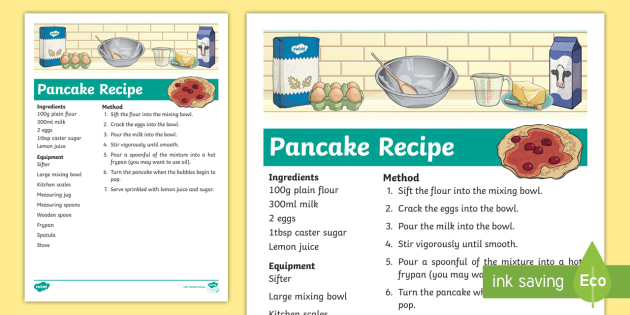
This post was written in conjunction with Ep. 316 of the Strength Coach Podcast
Today, in part one of this series, I want to start with what we mean by “sticking to the recipe”, and a brief description of the “ingredients” that make up our training recipe at Certified Functional Strength Coach.
“Sticking to the recipe” is an article Coach Boyle came up with to describe program design.
In the article he says:
“Some people can really cook, others need cookbooks and recipes. Even in the restaurant world, there are cooks and there are chefs. Cooks follow the recipes, chefs create the recipes.”
This is a great analogy for program design. The mistake many new coaches make is they combine different programs and add or subtract pieces from a program based on their own tastes. This ultimately results in a poorly designed program.
A better approach is to find an experienced coach, and follow their recipe.
At CFSC, our recipe is as follows:
Each of these are important ingredients that are in a specific order so that we can get the best results from our training.
Now, let’s briefly review each ingredient.
Our recipe starts with foam rolling. Foam rolling is done first because it decreases resting tone of muscles and tissues and shifts the nervous system to more of a parasympathetic state. This helps our athletes feel better and prepares them for the upcoming training session.
Next, we move into mobility. Mobility is placed after foam rolling in order to take advantage of the temporary window of opportunity that foam rolling provides us to increase range of motion. Here, we focus on key areas such as the ankles, hips, adductors, thoracic spine and shoulders.
Following mobility is stability and activation. Our goal is to teach our athletes to control the new ranges of motion we get during mobility, as well as, getting the right muscles to move the right joint at the right time.
This typically includes drills such as single leg hip lifts that teach the gluteus to extend the hips, or leg lowers and floor slides that focus on creating movement in one area of the body while stabilizing other areas.
Next, comes dynamic warm-up and/or ladder drills. Here, the goal is to gradually increasing tissue temperature, activating the central nervous system, and practicing movement patterns that will be used in the upcoming training session. Dynamic warm-up and ladder drills also teach our athletes movement skills in variable patterns, both linear and laterally, and prepare them for the more intense plyometric and speed drills to follow.
Following our dynamic warm up or ladder drills, is light implement power. Light implement power consists of medicine ball throws and plyometric drills.
Our medicine ball throws are divided into overhead, chest, and rotational throws. The goal of medicine ball throws is to create as much velocity as possible with each throw. Plyometric drills are divided into jumps, hops and bounds. Our plyometric drills are gradually progressed from sticking the landings in phase one, mini bounces in phase two followed by continuous plyometrics in phase three and beyond. The order of the progressions is to ensure a gradual increase in the demand on our athletes muscles, tendons and ligaments. Each progression is also determined by how competent the athlete is, rather than by specific time frames. In phase one, our athletes stick the Phase two progresses to mini bounce. Phase three and beyond progresses into continuous plyometric, which focus on decreasing the contact time with the ground.
Sprinting is done following our dynamic warm up and immediately after our medicine ball and plyometric drills because this is going to be where our athletes achieve the highest velocity of anything we do. Each sprint is timed and gradually progressed by increasing the total distance covered.
Next, we move into strength. Our strength work typically begins with a heavy implement power exercise such as hang clean, hang snatch, kettlebell swing or trap bar jump.
Heavy implement power is done, before our other main strength lifts, because of the neurological demand they place on the body. The rest of our strength exercises are block is balanced between broken down into categories such as
The final ingredient in our recipe is conditioning. All conditioning is sprint based and is accomplished on either an assault bike, sideboard or running.
Each of these is carefully progressed in order to develop our athlete’s ability to tolerate forces of accelerating and decelerating and reduce fatigue during competition.
When it comes to sticking to the recipe, The key is to figure out whether you are a cook or a chef.
If you are a new coach, choose a recipe designed by a chef and then do a great job of coaching the heck out of the program.
For more information check out the article ‘Sticking to the recipe’ by Mike Boyle on www.StrengthCoach.com